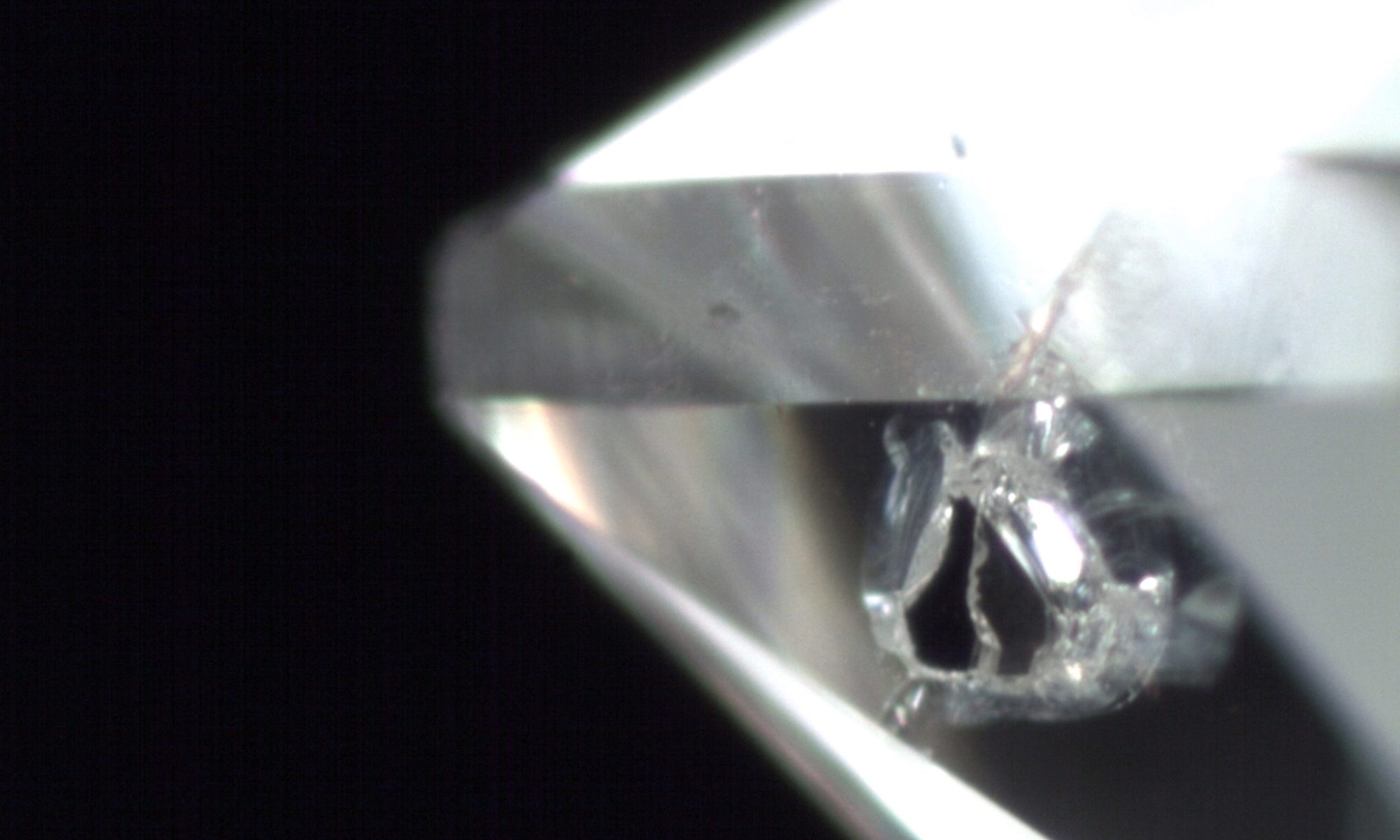Small black graphite inclusions in a diamond are a type of natural impurity that occurs during the diamond’s formation process. These inclusions can affect the diamond’s clarity, appearance, and value.
Key Facts About Black Graphite Inclusions in Diamonds:
What Are They?
Black inclusions are tiny particles of graphite or other carbon-based minerals trapped inside the diamond during its crystallization.
They appear as small black spots, specks, or clusters within the stone.
Impact on Clarity & Value
Diamonds with large, visible graphite inclusions receive lower clarity grades from the GIA (Gemological Institute of America).
If the inclusions are numerous or positioned near the surface, they can reduce transparency and brilliance.
However, some graphite inclusions are microscopic and do not impact the stone’s beauty significantly.
Types of Graphite Inclusions
Pinpoints – Tiny black dots only visible under magnification.
Clouds – Groups of small inclusions that create a hazy effect.
Needles or Veins – Thin, elongated graphite inclusions.
Carbon Spots – Larger black inclusions visible to the naked eye.
Are They a Problem?
If inclusions are small and well-placed (e.g., near the edges), they may not significantly affect the diamond’s beauty.
However, large or centrally located inclusions can impact transparency, sparkle, and durability.
How to Minimize Their Appearance
Cut Quality Matters – A well-cut diamond with a brilliant faceting pattern (e.g., round brilliant) can hide inclusions.
Setting Choice – Prongs and bezels can mask inclusions near the edges.
Clarity Enhancement – Some diamonds undergo laser drilling or fracture filling to reduce the visibility of black inclusions.

